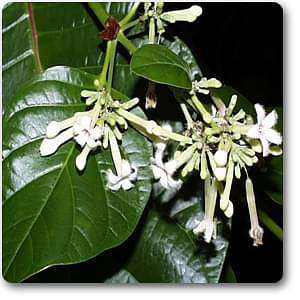
Cinchona - Plant
(MRP Inclusive of all taxes)
- Shipping ₹79 for entire order
- Dispatch in 7 days
- Country of origin: India

(MRP Inclusive of all taxes)
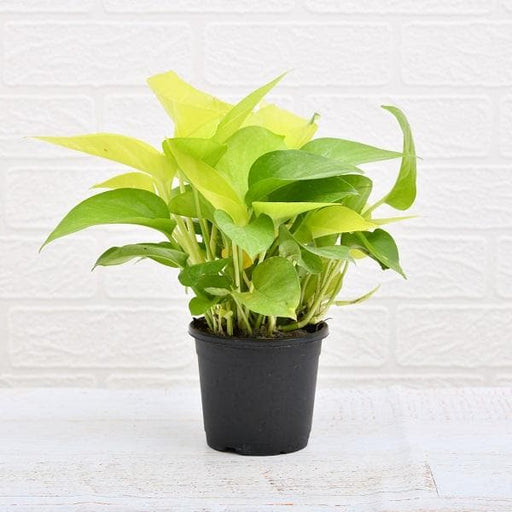 Save 29%
Save 29%
Air Purifier Money Plant with Pot The Air Purifier Money Plant, also known as Pothos or Epipremnum aureum, is a stunning indoor plant that...
View full details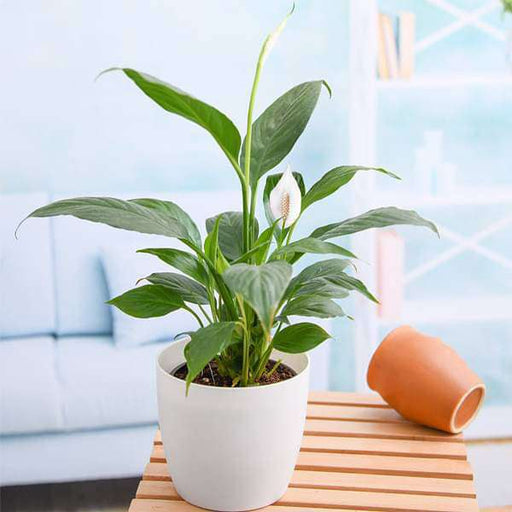
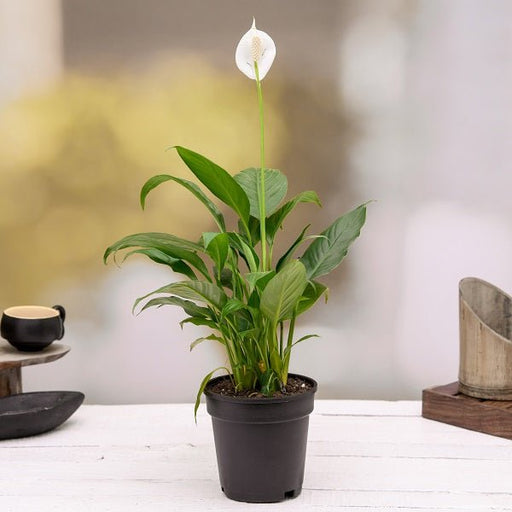 Save up to 15%
Save up to 15%
Peace Lily, Spathiphyllum - Plant The Peace Lily, scientifically known as Spathiphyllum, is a stunning houseplant celebrated for its elegant white...
View full details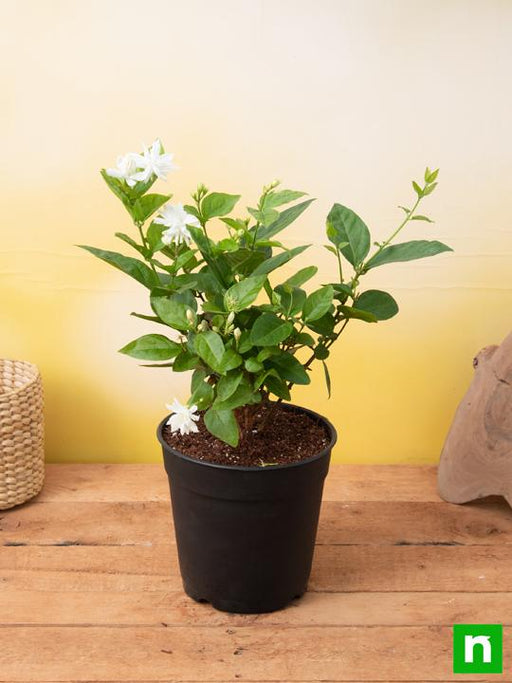
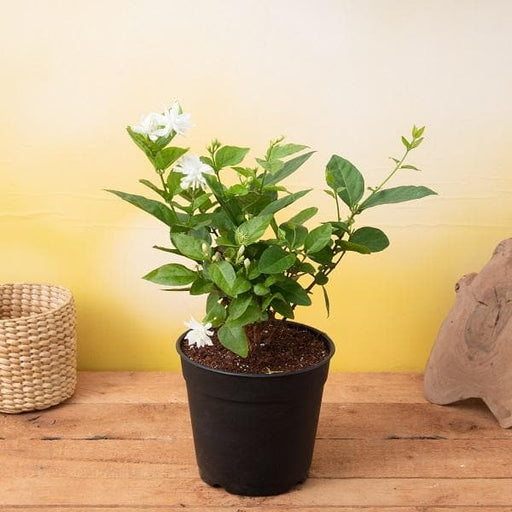 Save 25%
Save 25%
Jasminum sambac, Mogra, Arabian Jasmine - Plant Jasminum sambac, commonly known as Mogra or Arabian Jasmine, is a fragrant flowering plant...
View full details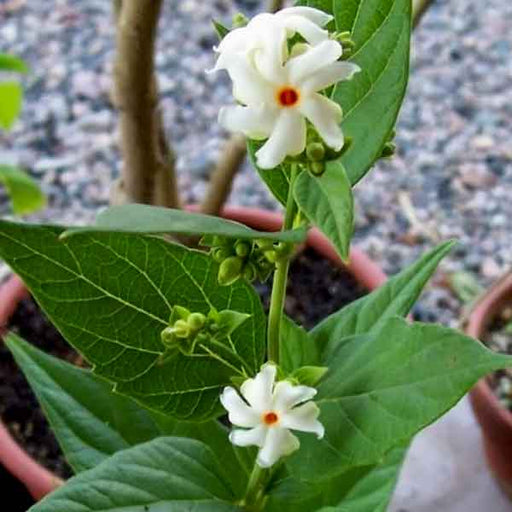
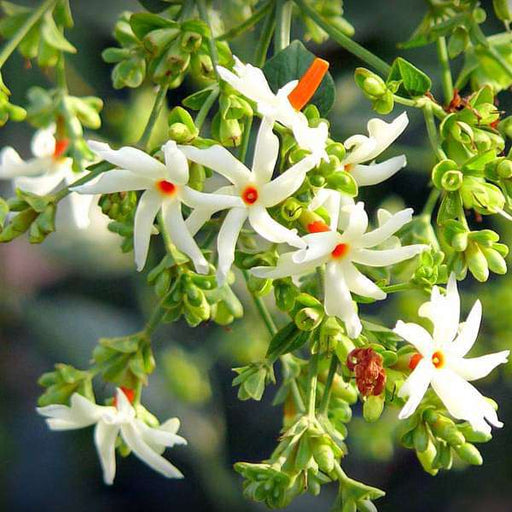 Save 18%
Save 18%
Combo Constituents Includes the Parijat Tree (Night-Flowering Jasmine), a culturally significant plant with fragrant flowers. Description The Pari...
View full details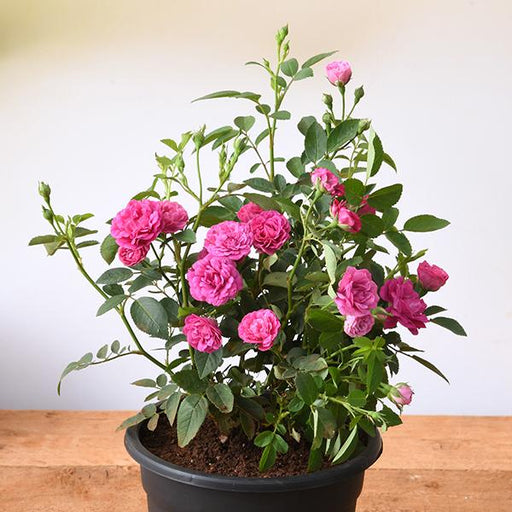
 Save 25%
Save 25%
Miniature Rose, Button Rose (Any Color) - Plant The Miniature Rose, also known as the Button Rose, is a charming and compact flowering plant that ...
View full details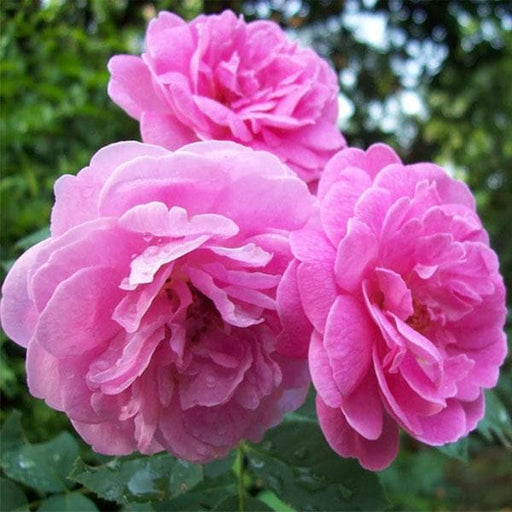 Save 25%
Save 25%
Damascus Rose, Scented Rose (Any Color) - Plant The Damascus Rose, also known as Rosa damascena, is a timeless symbol of beauty and romanc...
View full details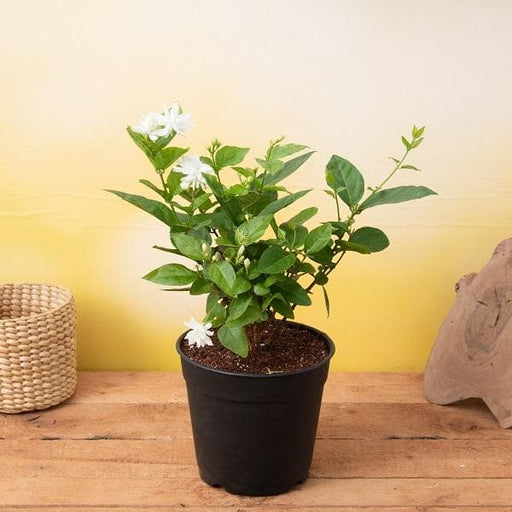
 Save 17%
Save 17%
Beautiful Fragrant Mogra, Arabian Jasmine Plant with Pot The Beautiful Fragrant Mogra, also known as Arabian Jasmine (Jasminum sambac), is...
View full details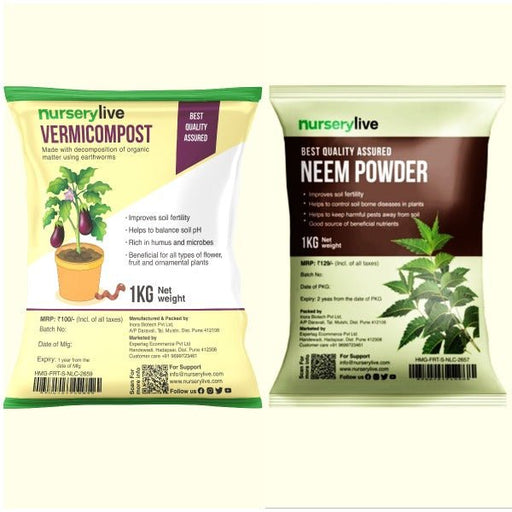 Save 15%
Save 15%
Pack of Vermicompost and Neem Cake for House Plants Transform your indoor garden with our premium Pack of Vermicompost and Neem Cake, spec...
View full details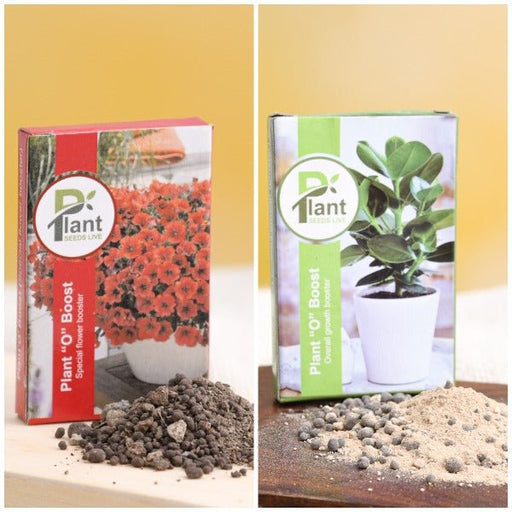
Pack of Plant Growth and Flower Boosters Unlock the full potential of your garden with our Pack of Plant Growth and Flower Boosters! This ...
View full details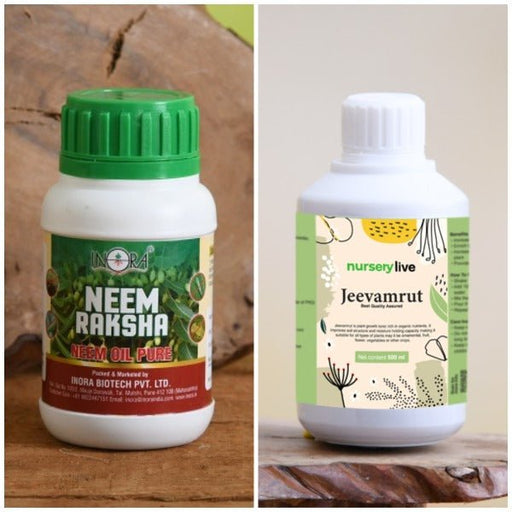 Save 38%
Save 38%
Combo of Jeevamrut and Neem Raksha for Easy Growth and Protection of Houseplants Transform your indoor garden with our exclusive combo of ...
View full details Save 22%
Save 22%
Plant Nutrients Kit (Pack of 16) for a Healthy Garden Transform your garden into a lush paradise with our Plant Nutrients Kit, featuring 1...
View full details Save 16%
Save 16%
Combo of Top Plant Fertilizers Elevate your gardening game with our exclusive Combo of Top Plant Fertilizers, featuring two bags of premiu...
View full details Save 24%
Save 24%
Pack of 4 Additives to Make Soil Healthy and Nutrient Rich Transform your garden into a thriving ecosystem with our Pack of 4 Additives de...
View full details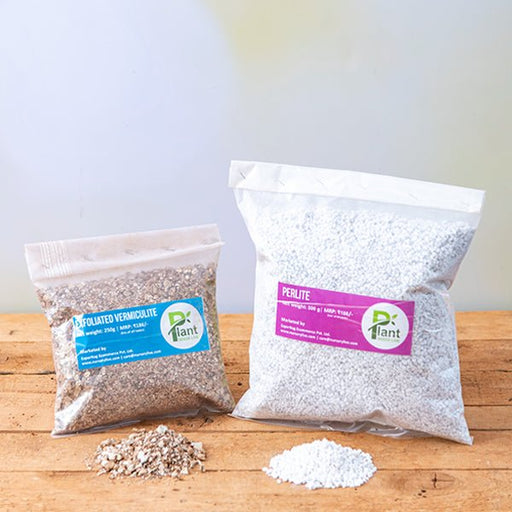 Save 30%
Save 30%
Transform your gardening experience with our premium Combo of Perlite and Vermiculite. This unique blend is designed to enhance soil aeration and ...
View full details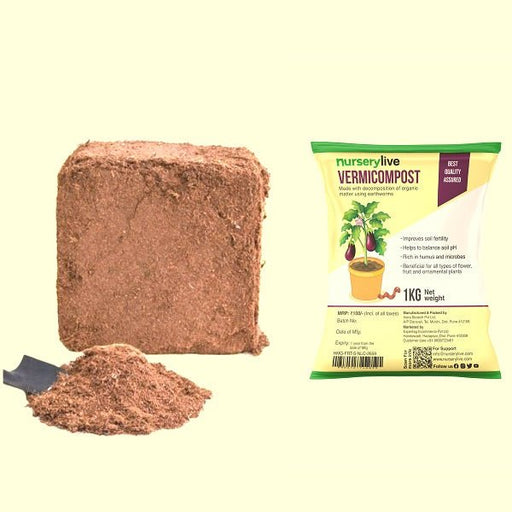 Save 27%
Save 27%
Combo of 2 Vermicompost and Cocopeat - Enrich Your Soil Naturally! Transform your garden into a thriving ecosystem with our Combo of 2 Ver...
View full details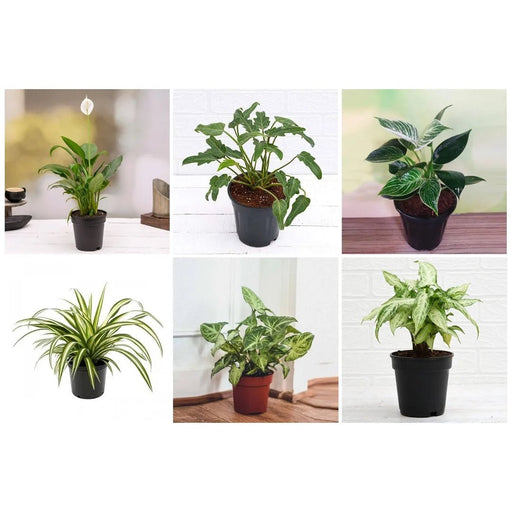
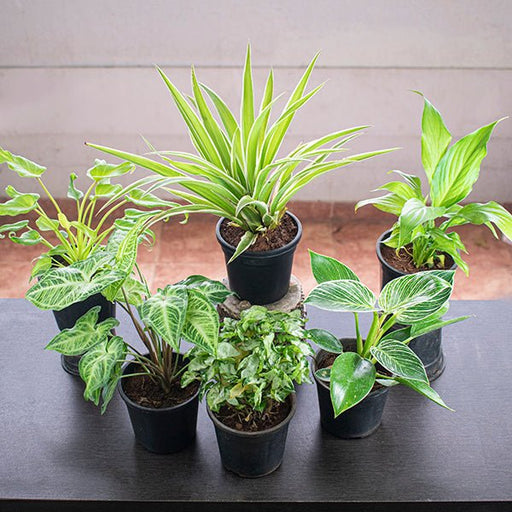 Save 35%
Save 35%
Best 6 Plants for Perfect Indoor Garden Transform your living space into a lush oasis with our curated collection of the Best 6 Plants for a...
View full details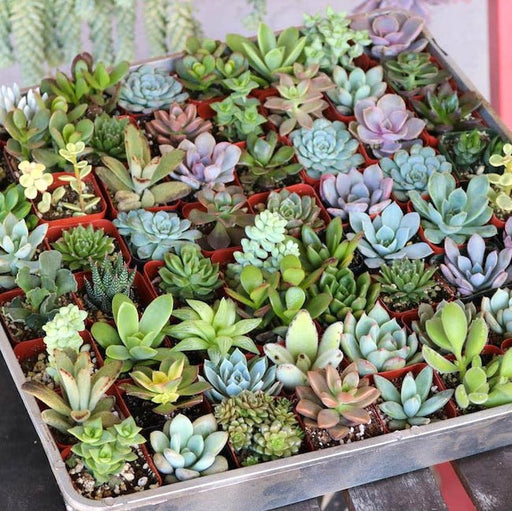
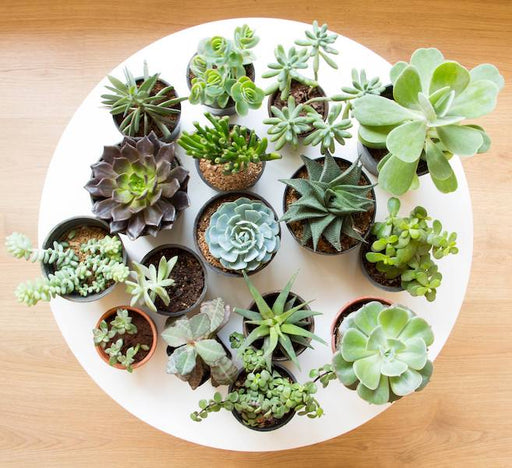 Save up to 50%
Save up to 50%
Mini Succulent Garden Pack Transform your space with our Mini Succulent Garden Pack, featuring a delightful collection of 4 any variety beautiful s...
View full details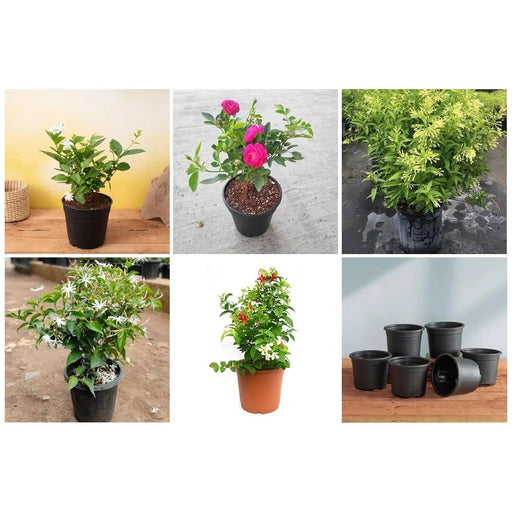
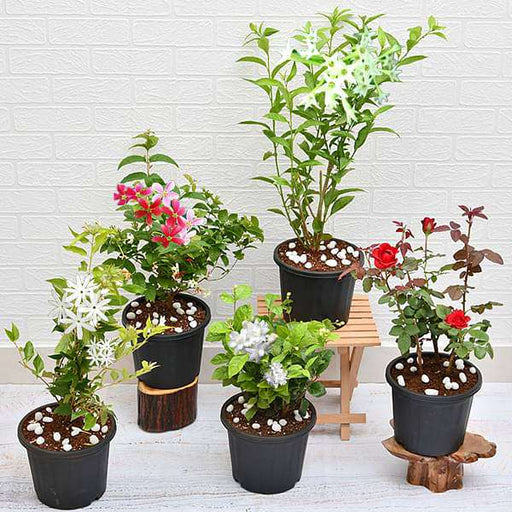 Save 30%
Save 30%
5 Best Fragrant Plants Transform your garden or indoor space into a fragrant paradise with our curated selection of the 5 Best Fragrant Plants. Th...
View full details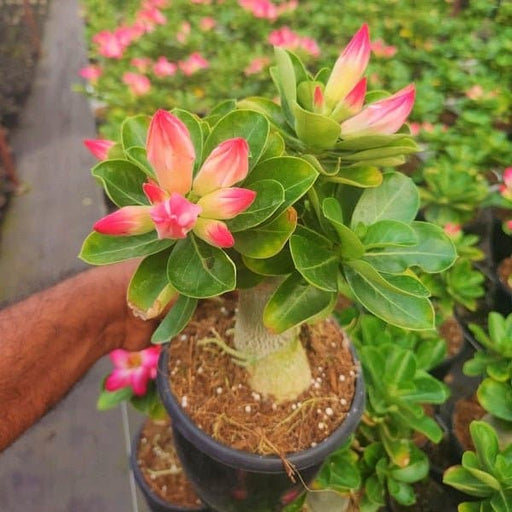
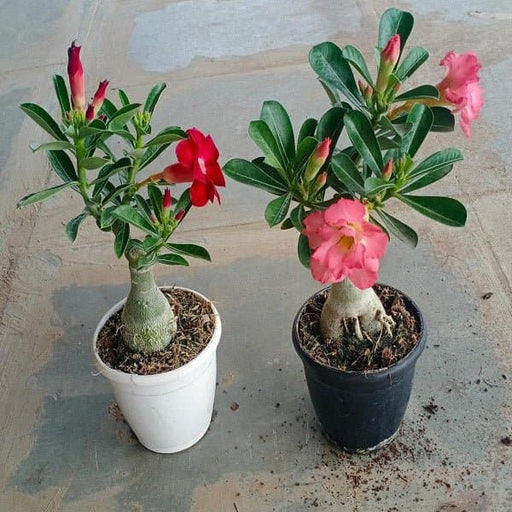 Save 24%
Save 24%
Set of 2 Bonsai Looking Grafted Adeniums Transform your indoor or outdoor space with our exquisite Set of 2 Bonsai Looking Grafted Adenium...
View full details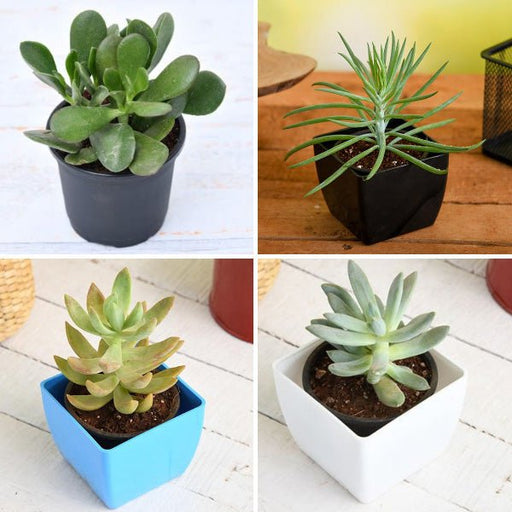 Save 45%
Save 45%
Top 4 Die Hard Succulents Pack Transform your indoor or outdoor space with our Top 4 Die Hard Succulents Pack, featuring a curated selecti...
View full details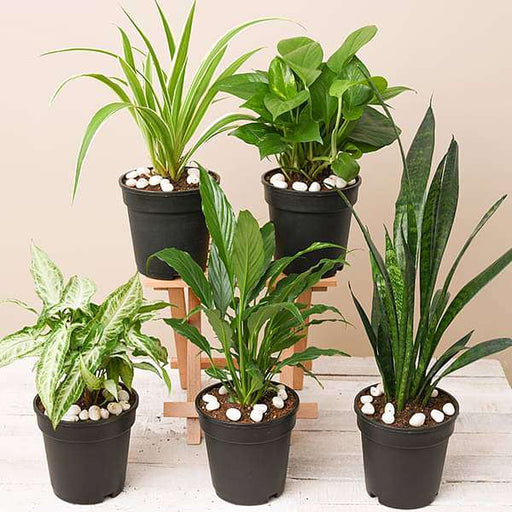
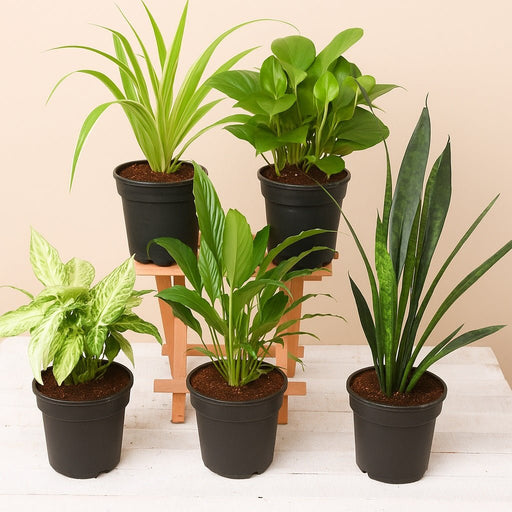 Save 30%
Save 30%
5 Best Indoor Plants Pack Transform your living space into a lush oasis with our '5 Best Indoor Plants Pack.' This carefully curated collection fe...
View full details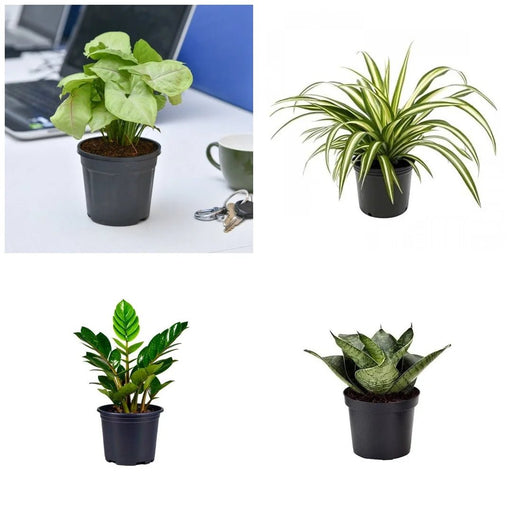
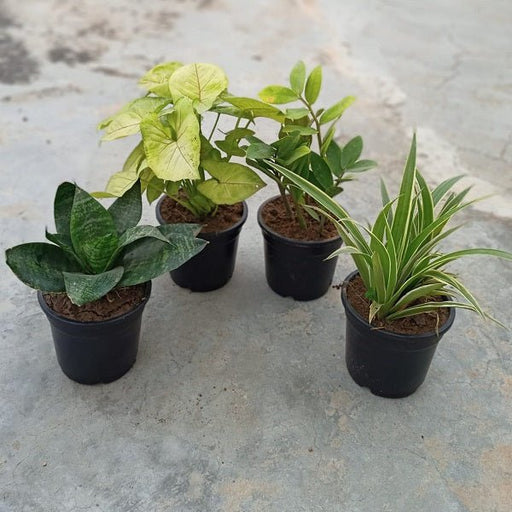 Save 25%
Save 25%
Set of 4 Evergreen Air Purifier Plant Pack Transform your indoor space into a lush, green oasis with our Set of 4 Evergreen Air Purifier Pla...
View full details| SrNo | Item Name |
|---|---|
| 1 | Cinchona - Plant |
The Cinchona plant, native to the Andean forests of South America, is renowned for its bark, which contains quinine, a powerful compound historically used to treat malaria. This evergreen tree can grow up to 20 meters tall and features glossy, dark green leaves and fragrant white to pink flowers. Its medicinal properties have made it a cornerstone in traditional medicine, and it continues to be a vital resource in modern pharmacology.
What makes Cinchona special is its rich history and significant impact on global health. Once referred to as the "fever tree," it played a crucial role in combating malaria during the colonial era, saving countless lives. Today, it remains a symbol of natural healing and biodiversity, showcasing the importance of preserving our planet's flora.
One of the most remarkable features of the Cinchona plant is its ability to thrive in various environments, from tropical rainforests to mountainous regions. Its bark not only provides medicinal benefits but also contributes to the ecosystem by supporting local wildlife and maintaining soil health.
Cinchona trees contribute to biodiversity and help prevent soil erosion in their native habitats. Their cultivation can promote sustainable practices and support local economies, making them an essential part of environmental conservation efforts.
Ah, the bark of the cinchona tree, nature's very own pharmacy! This rugged exterior is not just for show; it’s packed with quinine, the superstar compound that has been saving us from malaria since the dawn of time. Imagine a tree that’s like a pharmacy on stilts, standing tall in the rainforest, ready to dispense its medicinal magic. So next time you sip on tonic water, raise a glass to the cinchona bark—your unsung hero in the battle against pesky mosquitoes!
Meet quinine, the party crasher of the plant world! This bitter compound is the reason your gin and tonic has that delightful zing. Originally extracted from the cinchona tree, quinine has a history as rich as its flavor. It’s not just a cocktail ingredient; it’s a lifesaver, historically used to treat malaria. So, while you’re enjoying your drink, remember that quinine is the life of the party, keeping you safe from those tiny, buzzing villains.
The cinchona tree thrives in the lush, tropical rainforests of South America, where it enjoys a climate that’s as warm and humid as a sauna. Picture it lounging under the canopy, soaking up the sun and sipping on rainwater. This tree loves its cozy environment, surrounded by a symphony of wildlife. It’s like the ultimate eco-friendly resort, where every critter is a guest and the air is filled with the sweet scent of adventure.
The cinchona tree is like the wise old sage of the plant kingdom, offering remedies for a plethora of ailments. From fevers to digestive issues, this tree has been the go-to for herbalists and healers for centuries. Its bark is a treasure trove of medicinal properties, making it a staple in traditional medicine. So, if you’re feeling under the weather, just remember that the cinchona tree has your back, armed with nature’s best-kept secrets.
Cultivating cinchona is like hosting a garden party where the guest of honor is a medicinal marvel. These trees require specific conditions to thrive, including rich soil and plenty of rainfall. It’s a labor of love, but the rewards are worth it. With a little patience and care, you can grow your very own cinchona tree, turning your backyard into a mini pharmacy. Just be prepared for the neighbors to ask for your secret to a healthy life!
The cinchona tree has a storied relationship with malaria, acting as humanity’s knight in shining armor. Its bark has been used for centuries to combat this deadly disease, making it a historical hero in the fight against illness. When the world was plagued by malaria, the cinchona tree stood tall, offering hope and healing. So, let’s give a round of applause to this botanical champion, who has saved countless lives with its potent bark.
Sip, sip, hooray! Cinchona tea is the drink of choice for those seeking a taste of history and health. Brewed from the bark of the cinchona tree, this tea is not just a beverage; it’s a wellness ritual. With its unique bitter flavor, it’s like a warm hug for your insides, promoting digestion and overall well-being. So, brew a cup, sit back, and let the ancient wisdom of the cinchona tree work its magic in your life.
In the world of traditional medicine, the cinchona tree is like the wise old wizard, casting spells of healing. Indigenous cultures have long revered this plant for its therapeutic properties, using it to treat everything from fevers to inflammation. It’s a testament to the power of nature and the knowledge passed down through generations. So, next time you hear about traditional remedies, remember that the cinchona tree is the grandmaster of herbal healing.
Tonic water, the bubbly companion to your favorite spirits, owes its unique flavor to the cinchona tree. This delightful drink is a marriage of quinine and carbonation, creating a refreshing concoction that’s both tasty and functional. It’s like a party in a glass, where the cinchona tree is the VIP guest. So, raise your glass and toast to the cinchona tree for making our cocktails a little more interesting and a lot more refreshing!
The cinchona tree is not just a medicinal marvel; it’s also a champion of biodiversity. Found in the rich ecosystems of South America, it plays a crucial role in supporting various wildlife. Birds, insects, and other critters all benefit from this tree’s presence, making it a key player in the environmental game. So, let’s celebrate the cinchona tree for being a biodiversity superstar, proving that one plant can make a world of difference!
As climate change looms large, the cinchona tree stands as a reminder of nature’s resilience. This hardy plant has adapted to various environmental challenges, showcasing the importance of preserving our natural resources. By protecting the cinchona tree and its habitat, we’re not just saving a species; we’re safeguarding a vital part of our planet’s health. So, let’s rally behind the cinchona tree, championing its cause in the fight against climate change!
Cinchona is a tropical tree known for its bark, which is a natural source of quinine. This bark has been a lifesaver for malaria treatment, making it the original "bark to the rescue." So, next time you sip tonic water, raise a glass to this botanical hero!
Cinchona thrives in the high-altitude rainforests of South America, particularly in Peru and Ecuador. It loves a good mountain view and a humid climate, making it the ultimate diva of the plant world. If you’re looking for it, just follow the humidity!
Cinchona bark is famous for its quinine content, which has been used to treat malaria and fevers. It’s like nature’s own pharmacy, offering a bitter remedy that has saved countless lives. Just remember, it’s not a sweet treat, but it sure packs a punch!
Yes, some species of Cinchona are considered endangered due to overharvesting and habitat loss. It’s a classic case of “too popular for its own good.” Conservation efforts are underway, so let’s keep this botanical superstar around for future generations to enjoy!
Harvesting Cinchona involves carefully stripping the bark without harming the tree. It’s a delicate operation, akin to giving a tree a spa day. The bark is then dried and processed, ensuring that the tree can continue to thrive and produce more of its magical bark.
Growing Cinchona at home is a tall order! It requires specific conditions like high humidity and well-drained soil. If you live in a tropical paradise, go for it! Otherwise, you might want to stick to houseplants that don’t require a rainforest vibe.
While Cinchona is a lifesaver, it can have side effects like nausea, dizziness, and ringing in the ears. It’s like that friend who’s fun at parties but can also be a bit much. Always consult a healthcare professional before diving into the world of quinine!
Absolutely! Cinchona bark is the secret ingredient in tonic water, giving it that signature bitter taste. It’s the perfect partner for gin, making it the life of the party. So, next time you sip a gin and tonic, remember the bark that made it all possible!
Cinchona has a rich history, dating back to the 17th century when it was discovered by Europeans in South America. It was a game-changer in the fight against malaria, earning it the nickname "fever tree." Talk about a plant with a legacy!
Cinchona reproduces through seeds, which are dispersed by birds and other animals. It’s like nature’s version of a matchmaking service, ensuring that new trees pop up in the right spots. Just think of it as a botanical love story unfolding in the wild!
There are several species of Cinchona, including Cinchona officinalis and Cinchona ledgeriana. Each has its own unique characteristics and medicinal properties. It’s like a family reunion where everyone brings their own special dish to the table!
Yes, Cinchona is often used in herbal medicine for its anti-malarial properties. Herbalists love it for its natural benefits, but it’s not a one-size-fits-all remedy. Always consult with a professional before diving into the herbal world, as it can be a wild ride!